Insect & Pests
All Insect & Pests Content
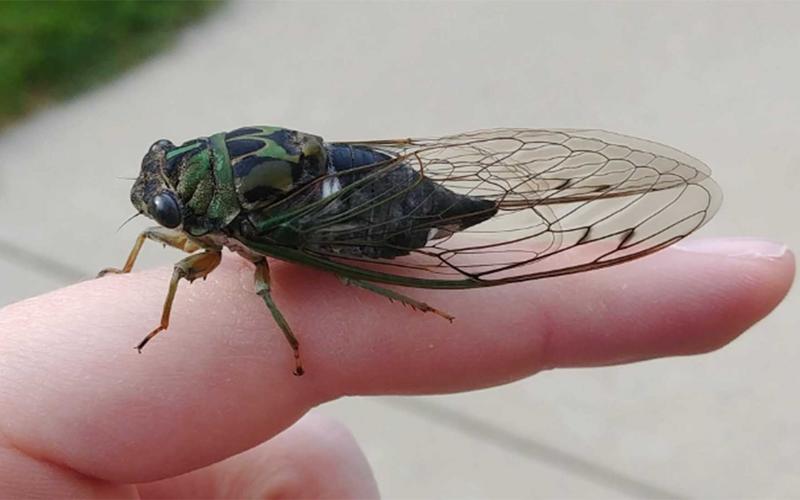
What’s Buzzing in the Trees?
Each summer we hear a droning buzz that comes from the trees. Many residents of South Dakota attribute this noise to locusts. But that isn’t what is making the buzzing sound! The insects responsible for the buzz are actually called cicadas
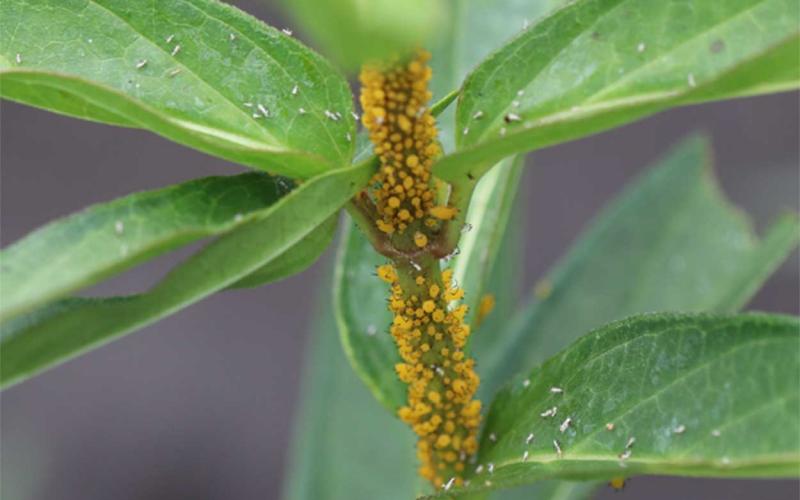
Are Aphids on Milkweed Really a Bad Thing?
This year, we’ve noticed large populations of aphids on swamp milkweed plants and we’ve identified them as the oleander aphid (Aphis nerii), which is sometimes referred to as the milkweed aphid.
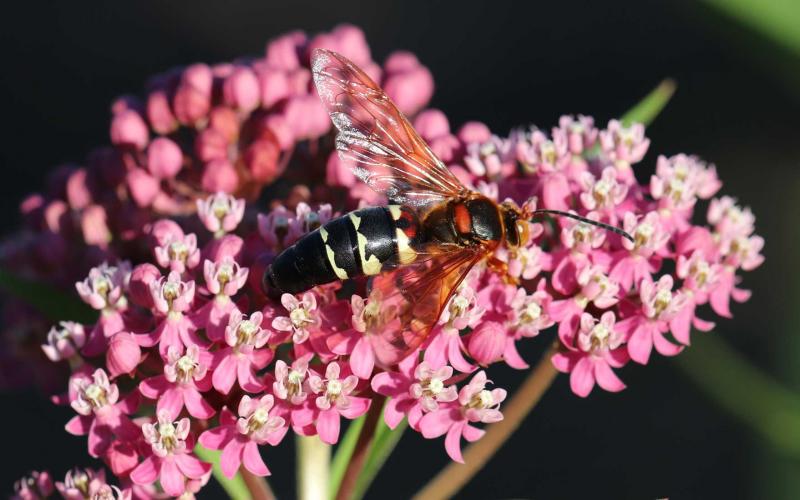
Giant Wasps Are Invading My Yard! No, They Still Aren’t Murder Hornets.
Every year we receive multiple reports of giant wasps that seem to invade yards and gardens. These wasps aren’t the same as the so-called "murder hornets," but are actually cicada killer wasps.
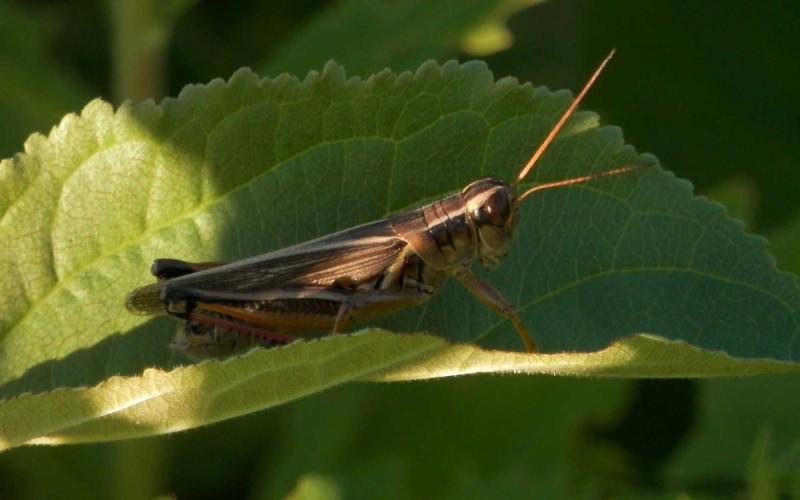
Grasshoppers: When to Manage Them in a Yard and Garden
Grasshopper populations are elevated in Central South Dakota. Some of the concerns regarding these large grasshopper populations is that they are feeding on trees, gardens and almost everything in between.
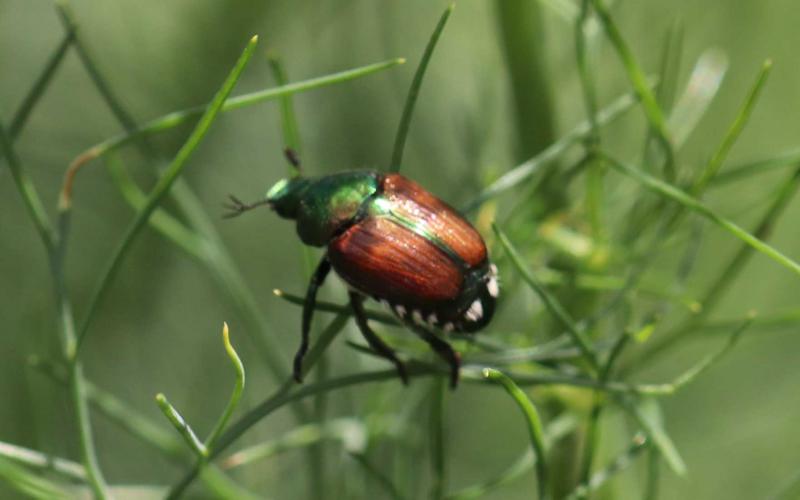
What Are These Shiny Beetles in My Yard and Why Are They Eating Everything?
Japanese beetles are very bad news for anyone with a garden. They are polyphagous insect pests, which simply means they feed on many different host plants.
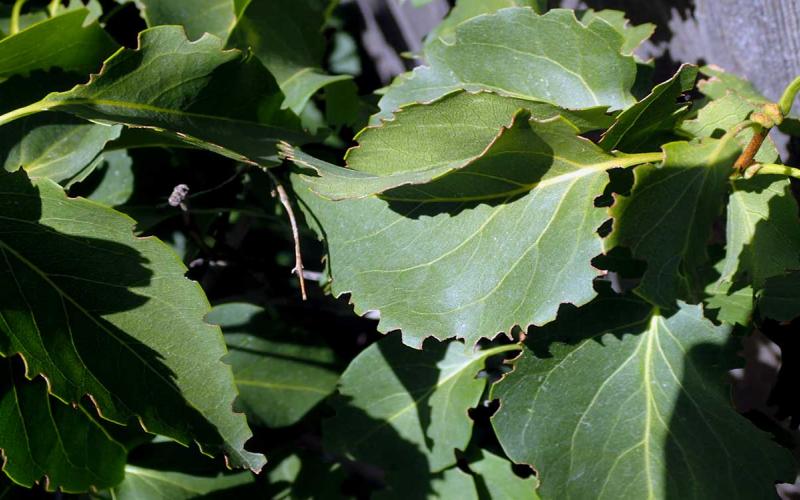
What Is Feeding on My Lilac Bushes?
There have been multiple reports of mysterious defoliation occurring on lilac bushes.The defoliation is often described as notches showing up around the edges of the leaves, resembling the edge of a saw blade.
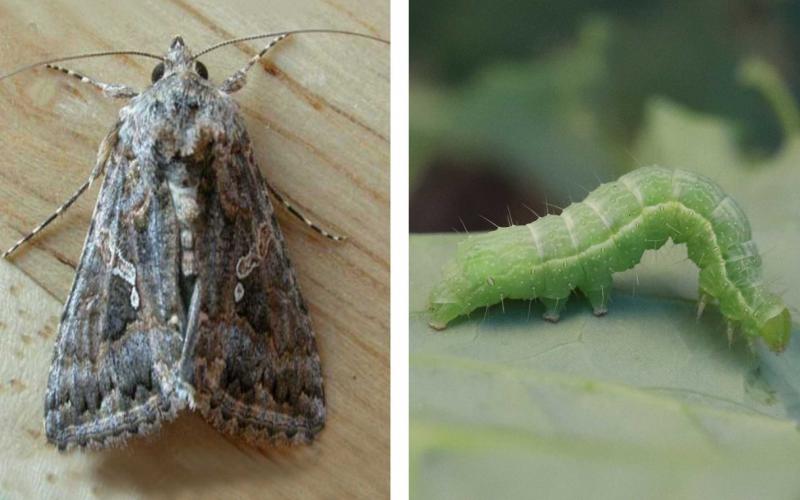
Cabbage Loopers Are Eating My Veggies
Cabbage looper caterpillars have been spotted in South Dakota gardens. Like their name suggests, cabbage loopers primarily feed on cabbage as well as broccoli, cauliflower, kale, radish, turnip and other cruciferous crops.
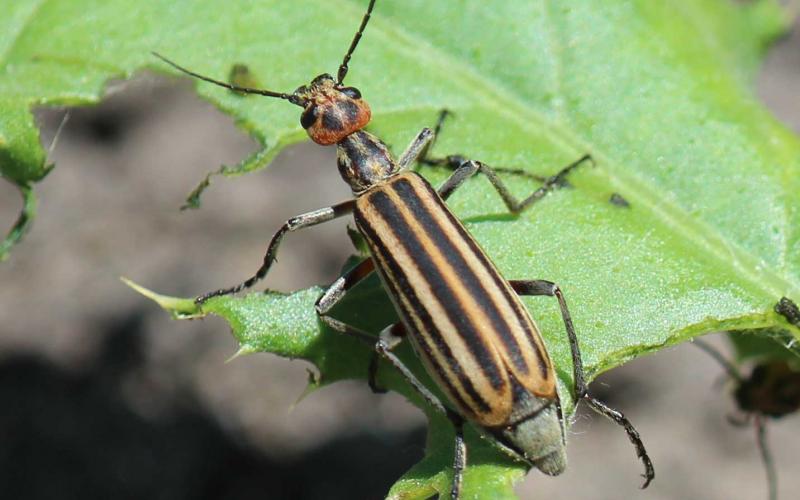
Blister Beetles Causing Problems in Gardens
Typically, we don’t see a lot of issues with blister beetle feeding in gardens. However, when they show up, blister beetles can rapidly defoliate plants.
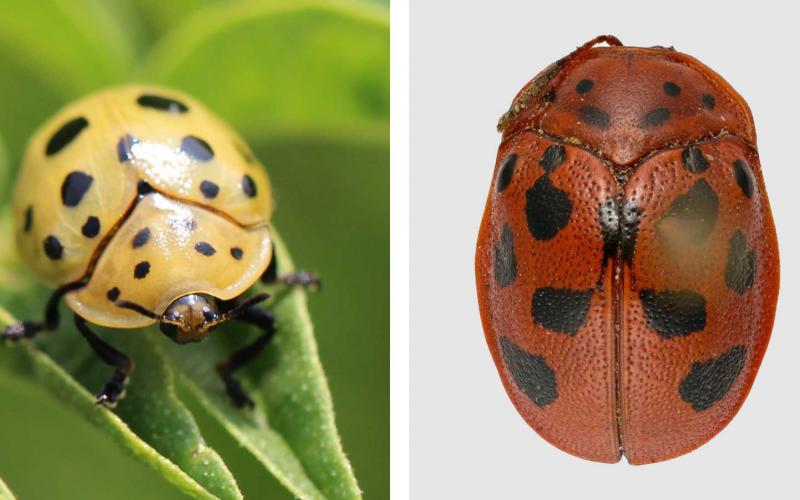
Argus Tortoise Beetle: No, It’s Not a Lady Beetle
Every summer, we receive reports of what looks like a large yellow lady beetle, except that they are defoliating certain plants. It isn’t a lady beetle, it’s the Argus tortoise beetle.
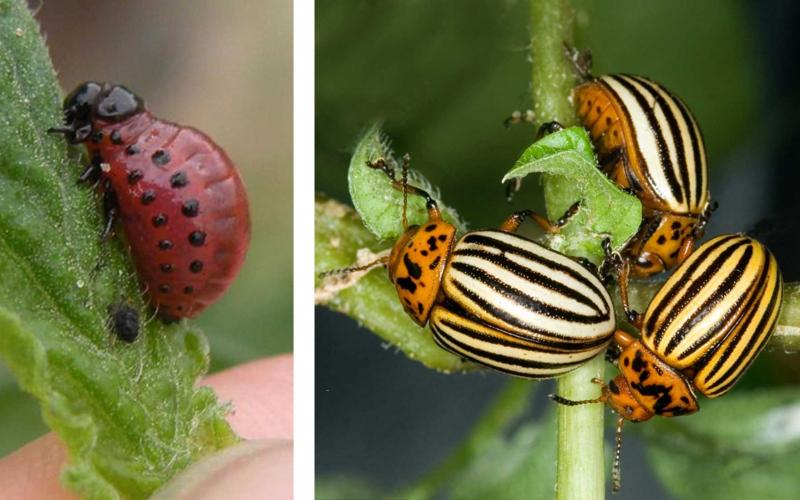
Colorado Potato Beetles Causing Defoliation on Potatoes
Last week we received calls about insects feeding on potato plants. The culprit was the Colorado potato beetle, which is a major pest of potatoes.